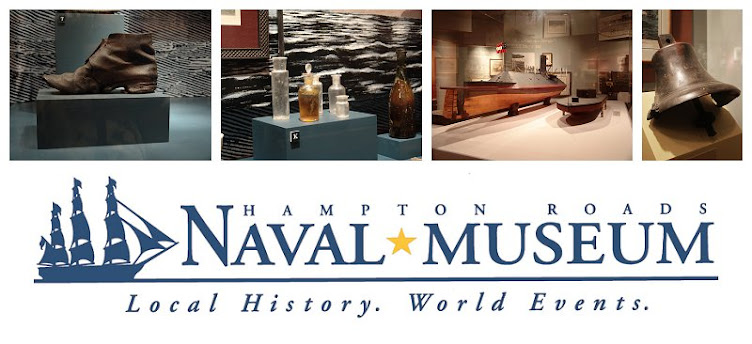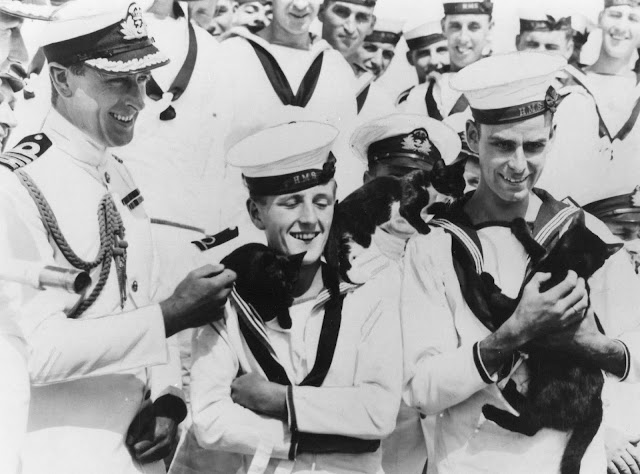 |
| Midshipman Richmond Hobson, USNA, 1889. (Eleanor Cunningham) |
According to historian William Garrott Brown, a fellow Alabaman who knew him before he departed for the United States Naval Academy, Hobson was usually “grave faced,” adding that “[h]is manner was stiff and formal; his conversation almost comically stilted.” He seemed incapable of small talk and never used icebreakers such as jokes or amusing personal anecdotes during the many speeches he would give during his lifetime.
His maxim, forged from a strict upbringing as the son of a judge, had been, “Do your whole duty every day.” That profoundly personal sense of duty led him to Annapolis in 1885, yet the way he carried himself and related to his fellow midshipmen there portended anything but a successful career ahead.
While many other midshipmen managed their duties and allegiances with fluidity, deciding whether to follow a particular order or regulation to the letter or report a peer who didn’t on a case-by-case basis, Hobson followed his orders with crystalline rigidity. His worldview had no shades of gray. He saw his duties and those of his peers in stark black and white. They were either carried out properly or improperly, honorably or dishonorably. His meticulous reporting of the transgressions of other plebes quickly earned him ostracism from the Brigade of Midshipmen. It was said that only one other student there spoke to him (other than what was necessary in the performance of his duties) for two entire years.
Men like Hobson tend to excel at academics but struggle in environments requiring teamwork and cooperation. Today such a person might be found profoundly lacking in “emotional intelligence” and be steered away from a military career, where esprit de corps sometimes transcends regulations and orders. Although he never quite fit in at the academy (nor did he seem to care to), Hobson was by no means a misfit. He was a man of vision whose almost messianic zeal inspired those he led, somehow compensating for his inability to relate to them personally. “Throughout his life, Hobson placed himself in the forefront of movements that became, to him, crusades,” wrote biographer Walter Pittman. “Not only was he unafraid of the opposition to his ideas and of the ridicule they brought him, but Hobson seemed to almost welcome the opportunity to convince opponents of the error of their ways.”
Despite the fact that many in Annapolis evidently loathed the young crusader, Hobson graduated first in his class in 1889.
 |
| USS Chicago at anchor with other "New Navy" ships of the Squadron of Evolution in 1889. (National Archives and Records Administration, Still Picture Records Section, RG 19 via Wikimedia Commons) |
Hobson cemented a reputation for intellectual acumen, yet it was not yet clear whether he was actually a good naval architect in practice. The most embarrassing incident of his career occurred at Newport News Shipbuilding in 1897, where he failed to note casting flaws while helping oversee the construction of the battleship Kearsarge (BB 5).
 |
| Assistant Secretary of the Navy Theodore Roosevelt. (Dickinson State University) |
He appealed the reprimand he received from Superintending Constructor Joseph Woodward all the way up to Assistant Secretary of the Navy Theodore Roosevelt, yet the reproof was upheld and Hobson was forced to undergo an examination on machine tool practice to prove his competency.
By then, war clouds between the United States and Spain were on the horizon, and Hobson strongly lobbied the Navy secretary for sea duty. It remains unclear whether his argument that naval architects such as himself should not only be overseeing ship construction but should also be observing their performance in combat won the day, or if it was just that Woodward was more than happy to be rid of him.
What was clear, at least to Hobson, was that the upcoming fight against Spain was the crusade he had been waiting for.















